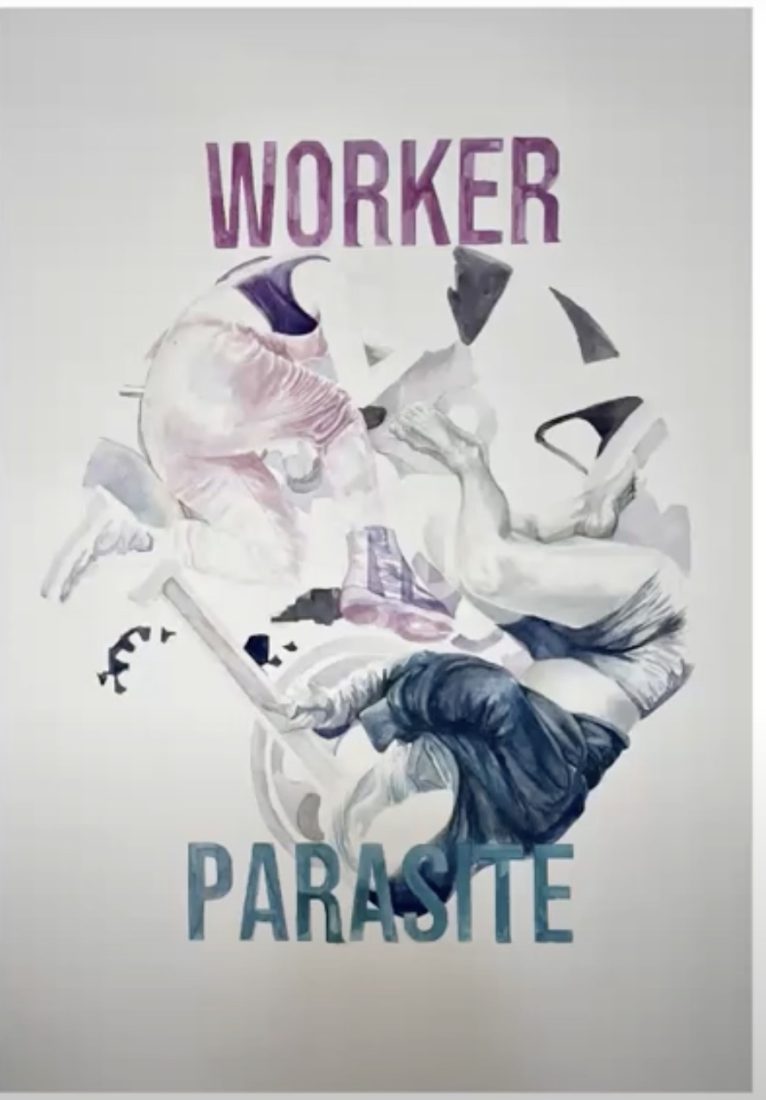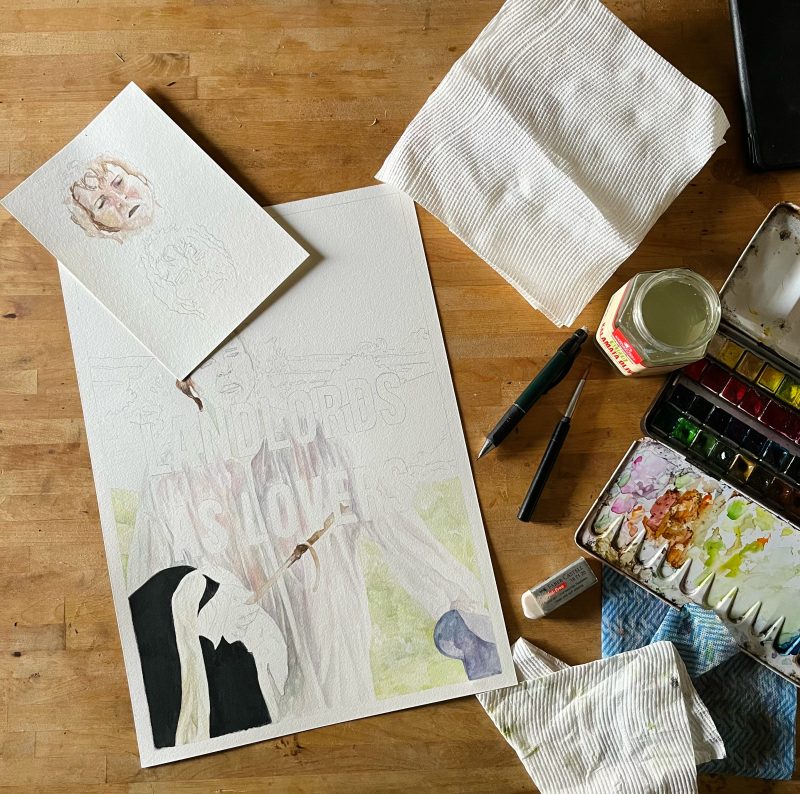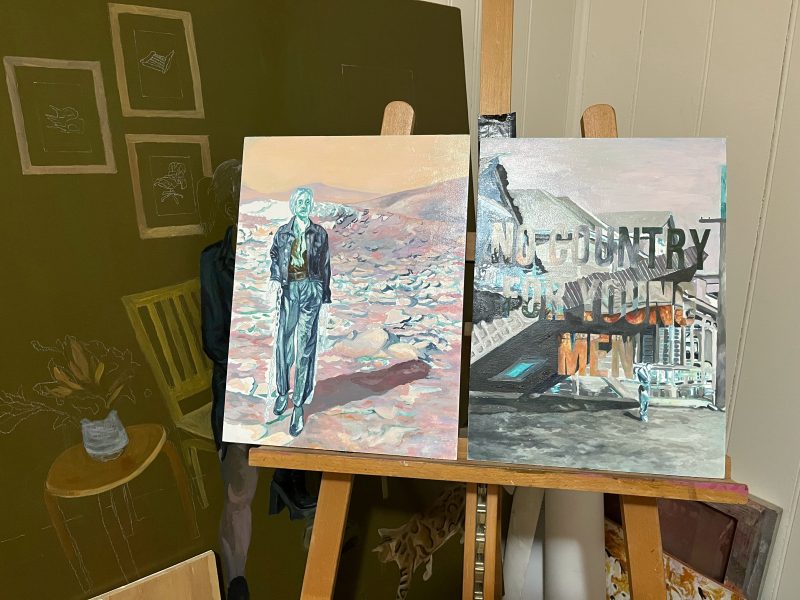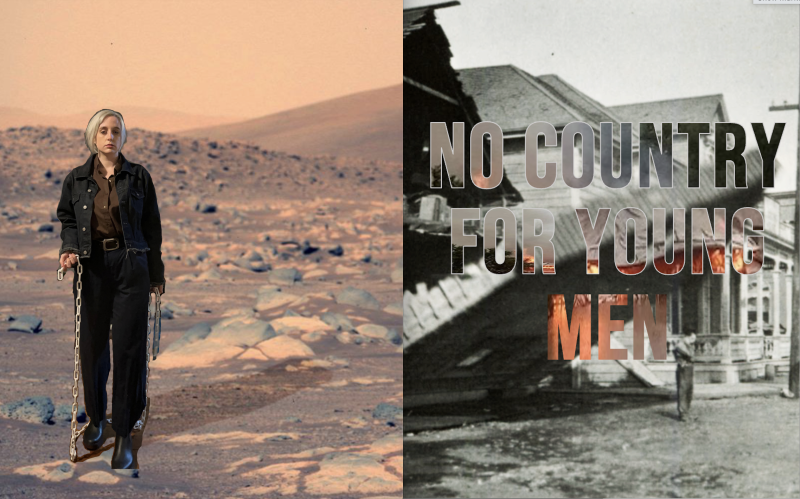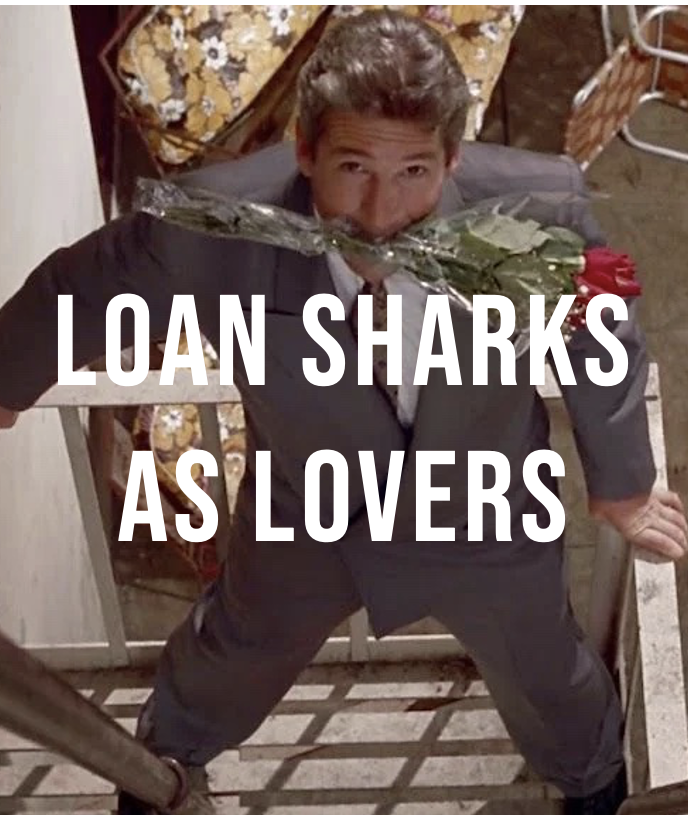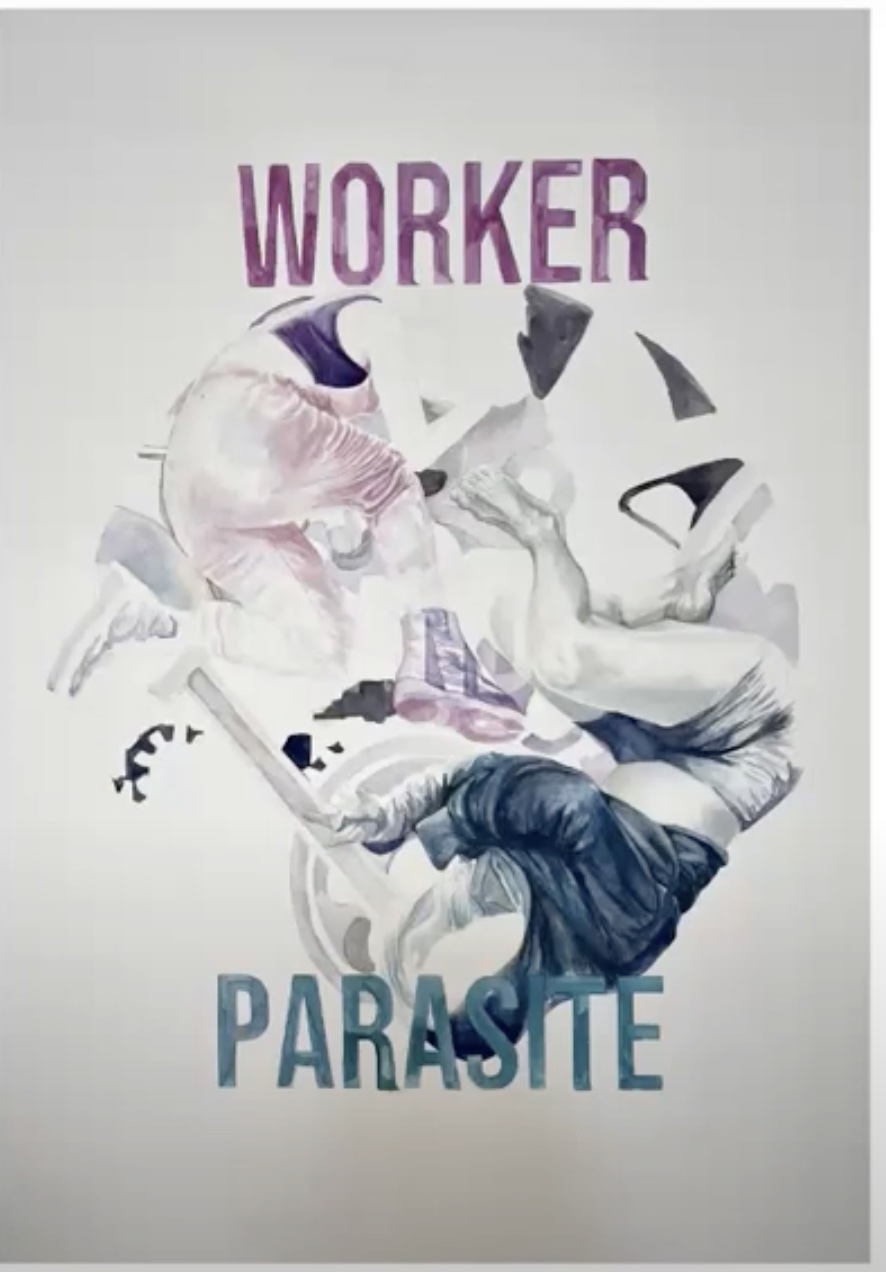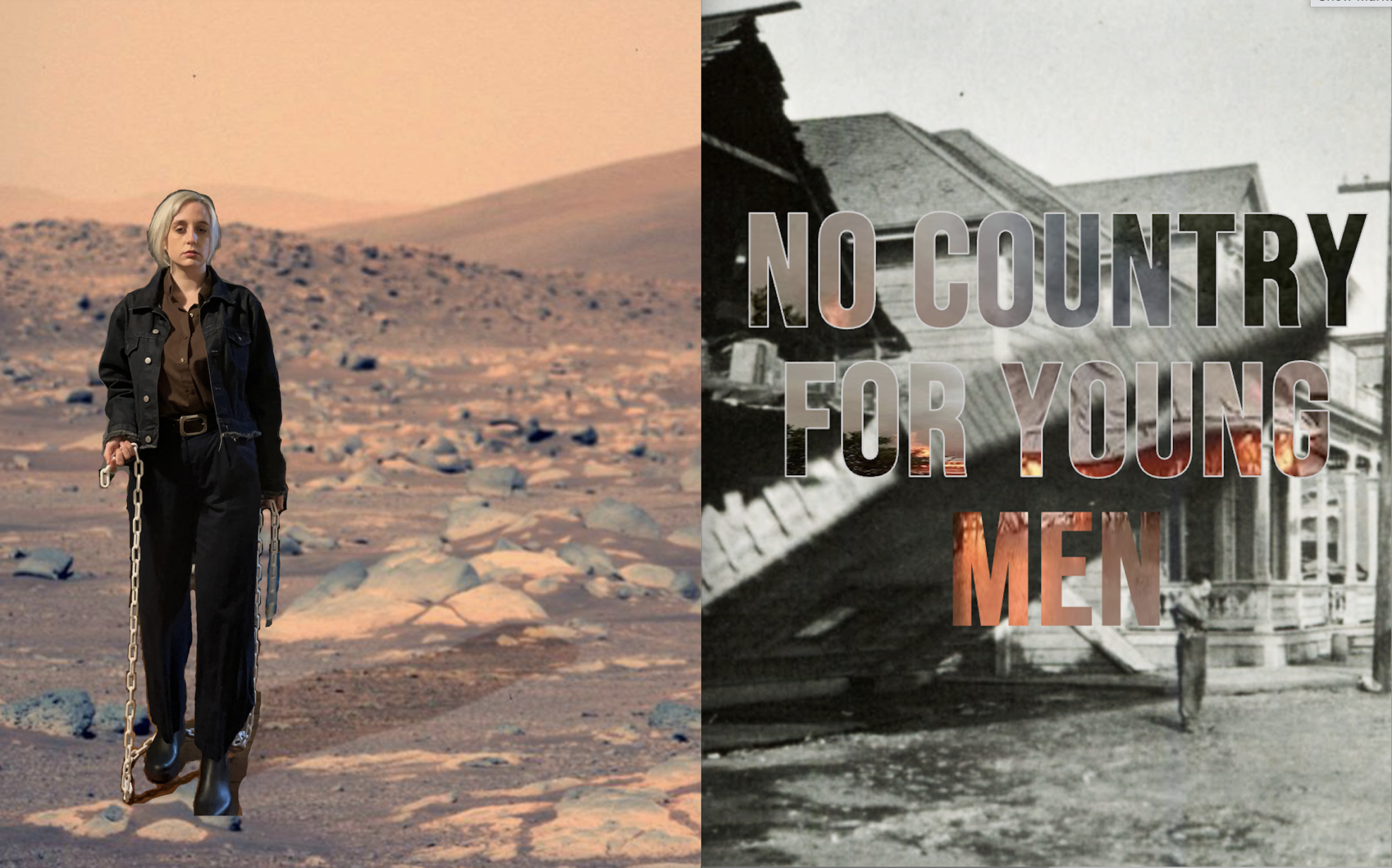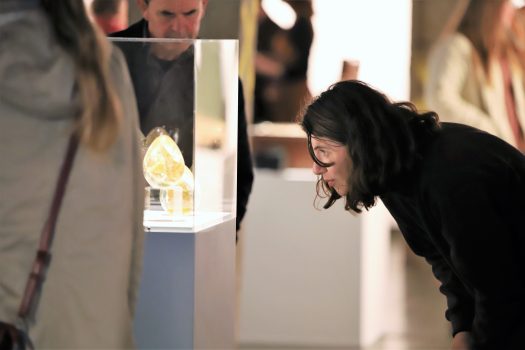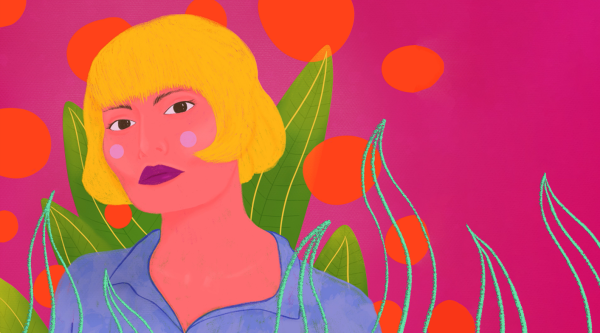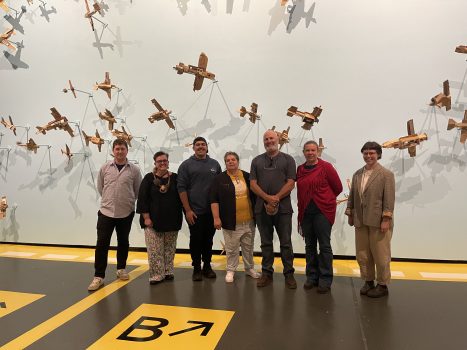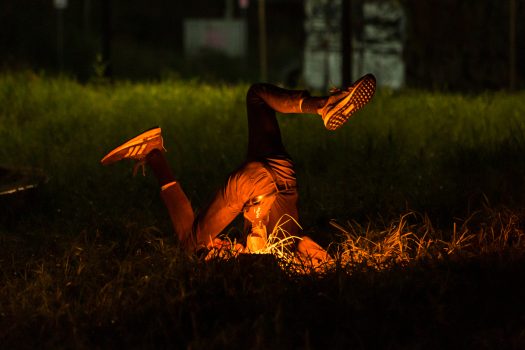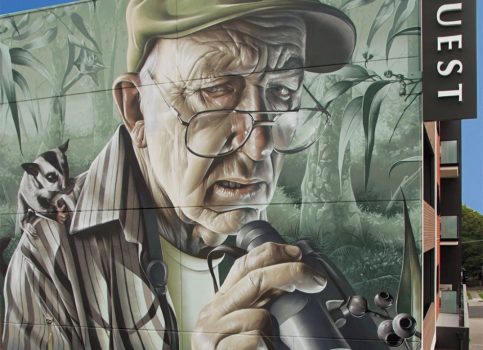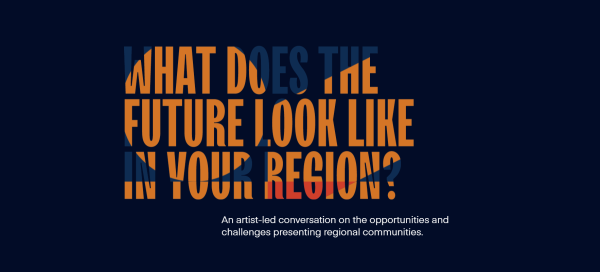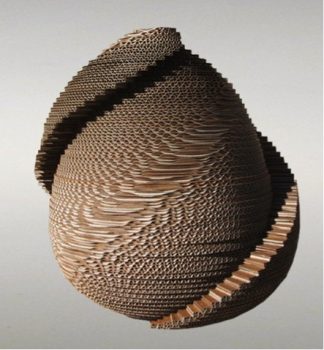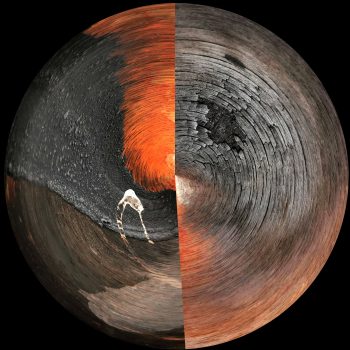Tell us about the evolution of your concept through this creative development process.
My proposed project ambitiously suggested I would have a number of paintings completed, however, as I discussed the themes I was looking at with artists and particularly with Dr Amelia Hine, Critical Human Geographer, I shifted how I approached the project and the context I was working in. It is now less focused on the broader experiences of individuals in my community to my own personal experiences – with my own encounters of housing insecurity, low income and wealth inequality.
I don’t feel as though I am in a position to be prescriptive about the entire region, but I can be speculative, speak to the statistics and research and speak from my own experiences with the goal of humanising a challenging subject. From inception, I wanted to ground the project in an accessible visual language and use humour to achieve this.


